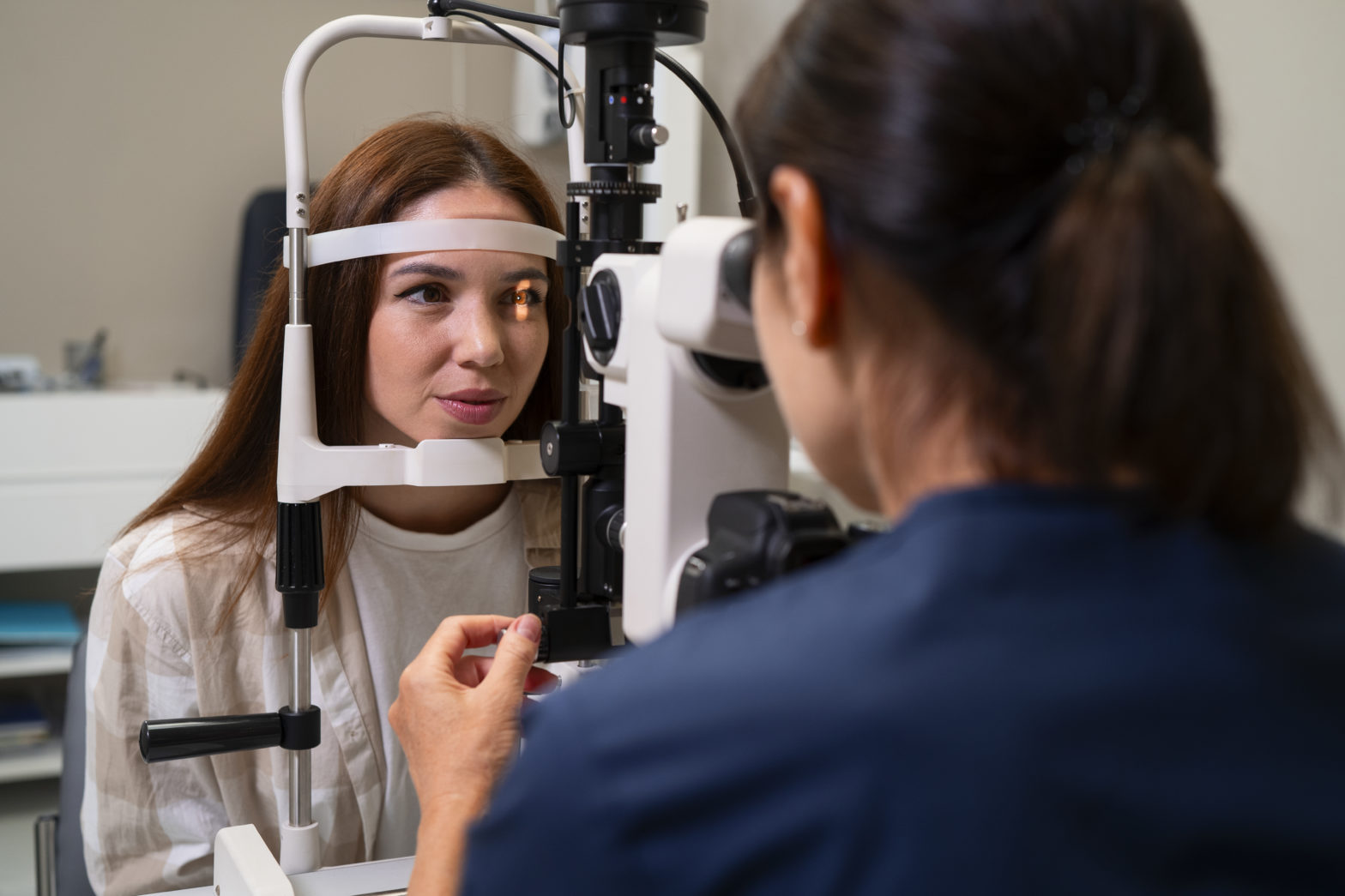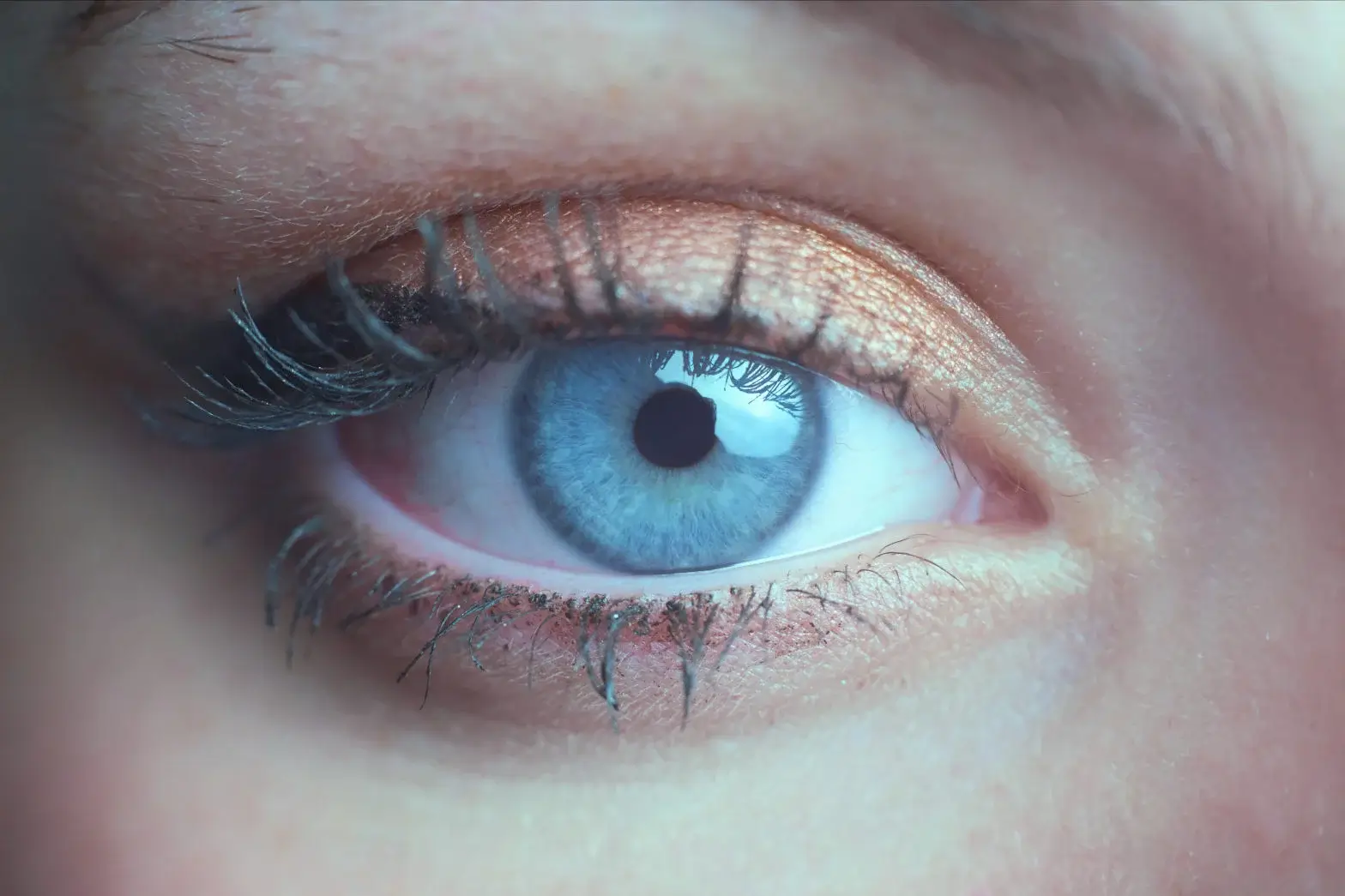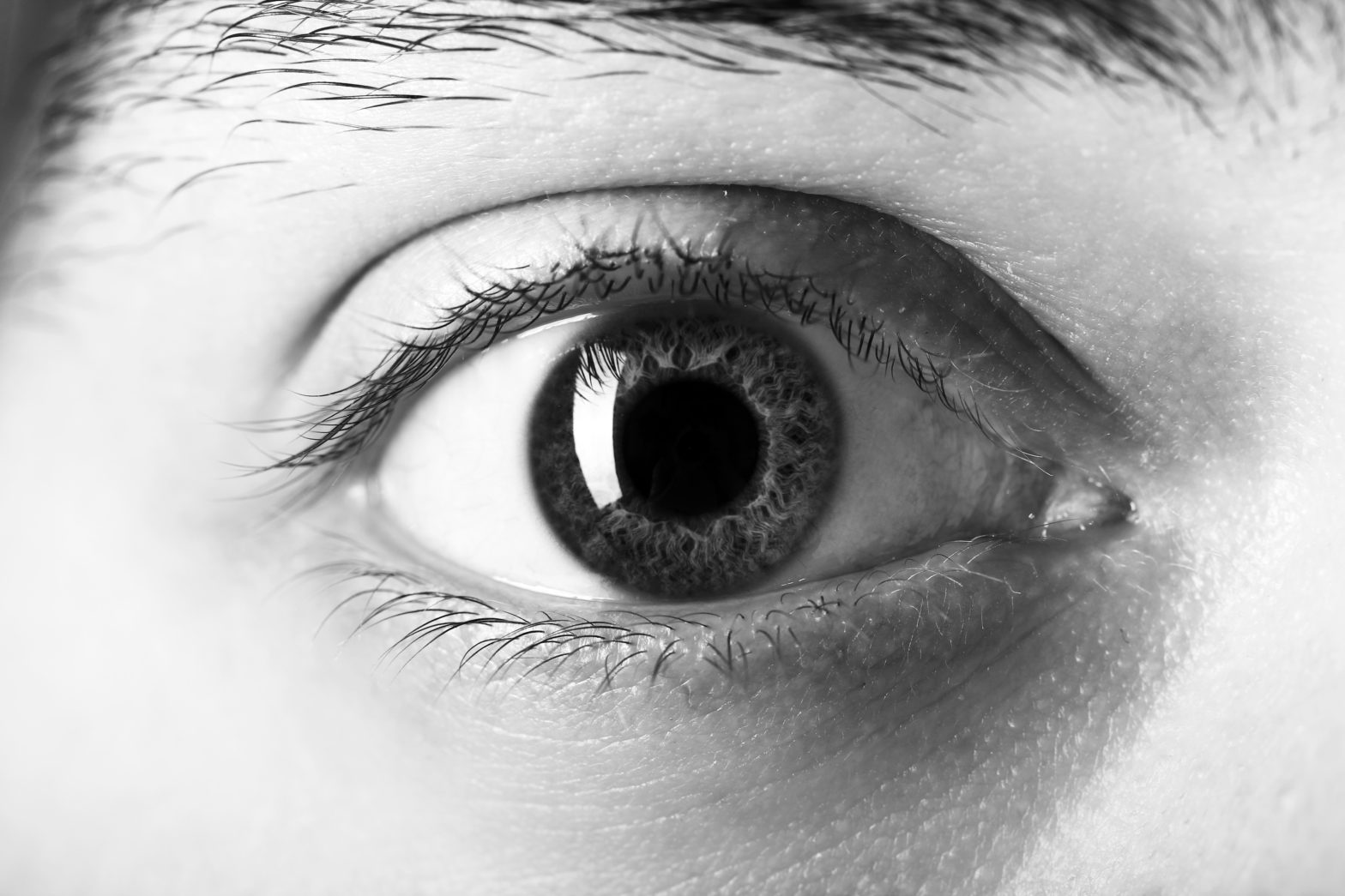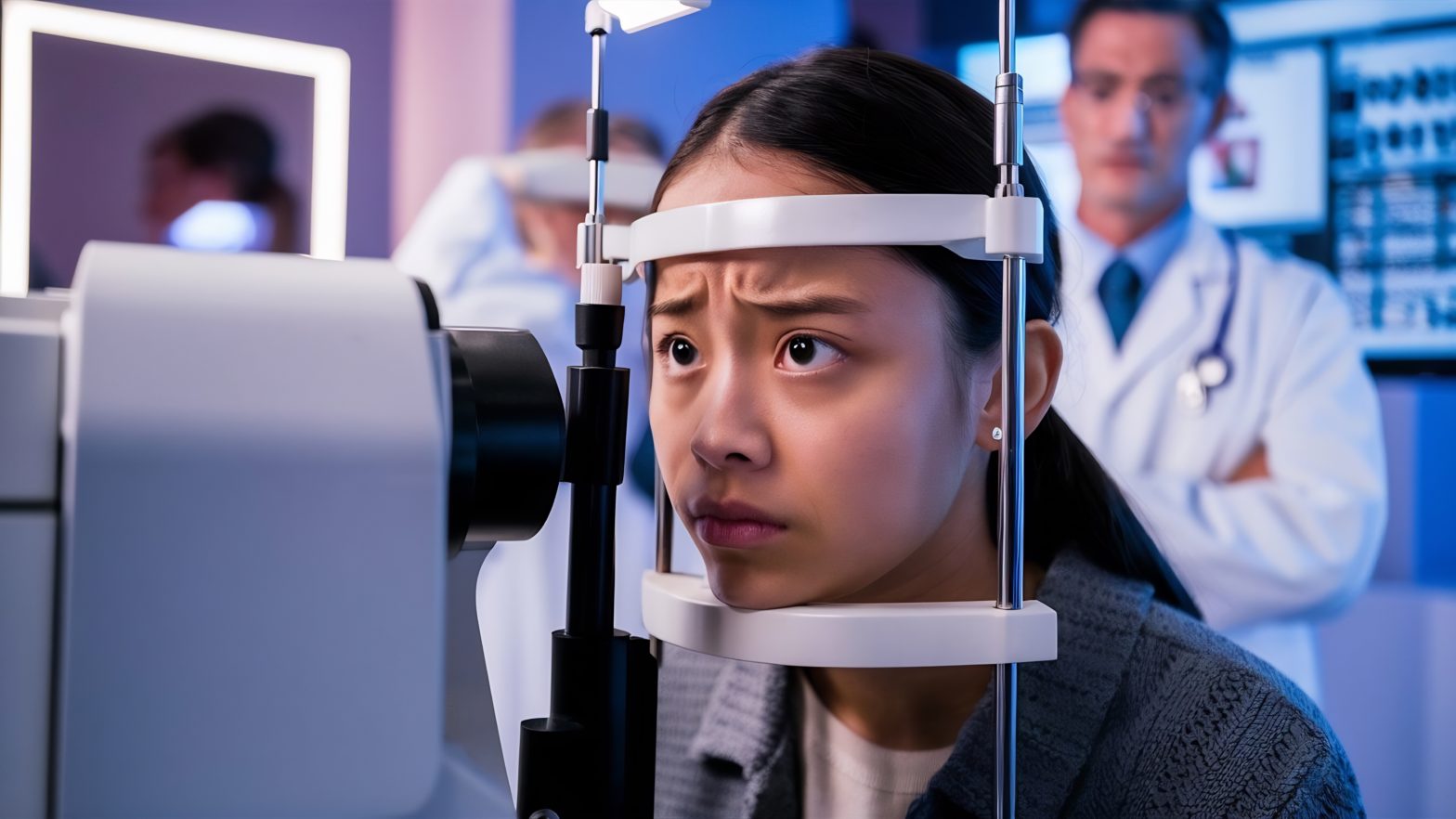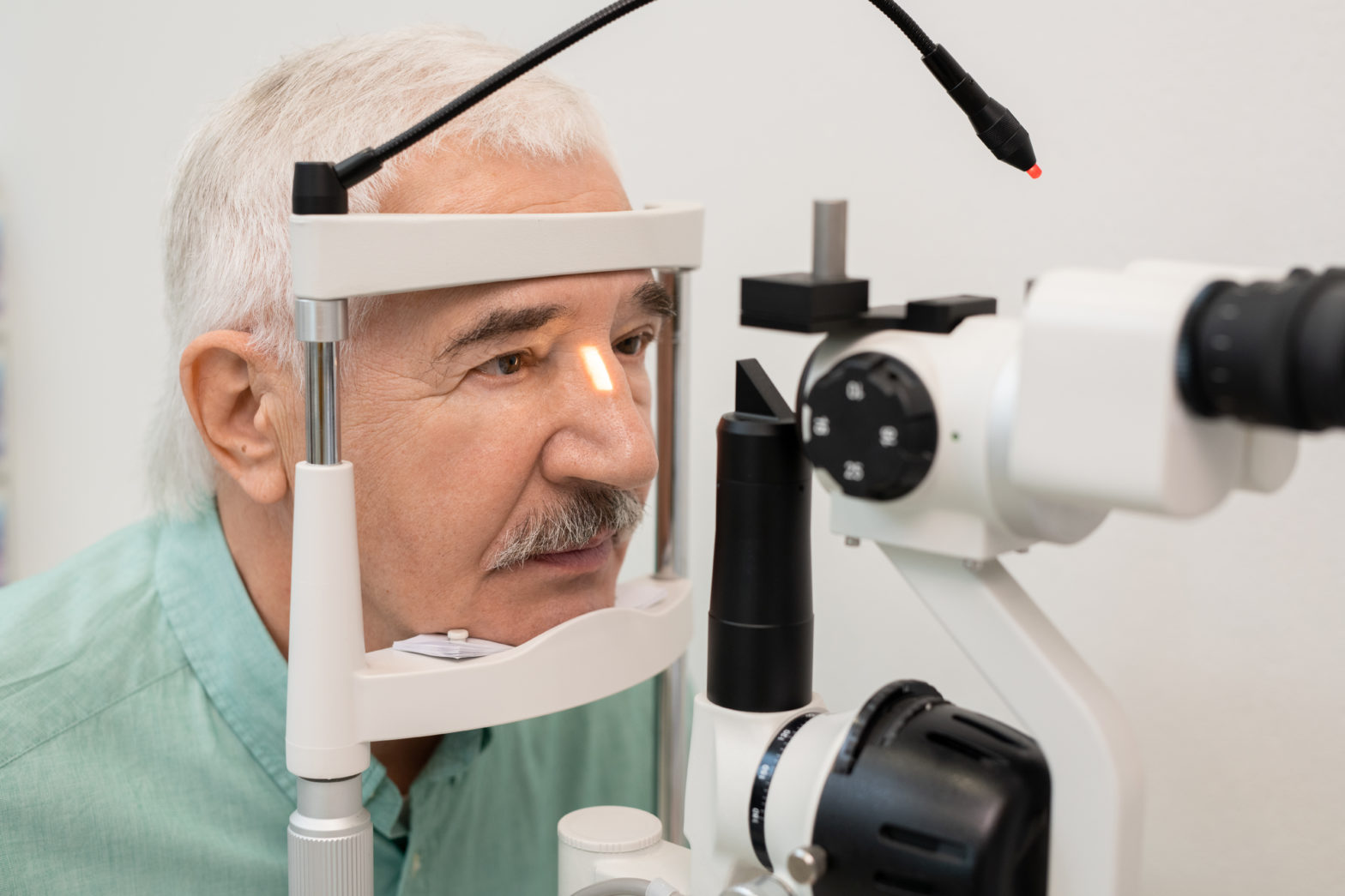- Home
- Treatments
- Laser Cataract Surgery
Laser Cataract Surgery
What is Laser Cataract Surgery?
Laser cataract surgery is a modern, bladeless procedure that uses femtosecond laser technology to remove cataracts with precision. Unlike traditional cataract surgery, which relies on a manual blade to create incisions, laser-assisted cataract surgery ensures better accuracy, reduced recovery time, and improved visual outcomes. At Dr Agarwals Eye Hospital, we specialize in advanced treatment for cataract removal, ensuring a seamless and comfortable experience for our patients.
How Does Laser Cataract Surgery Work?
Laser cataract surgery involves a high-precision laser to perform key steps in cataract removal. The procedure includes:
-
Corneal Incision:
The femtosecond laser creates a precise, bladeless incision in the cornea.
-
Capsulotomy:
The laser accurately removes the cloudy cataract-affected lens capsule.
-
Lens Fragmentation:
The cataract is broken down into smaller pieces using laser energy, making removal easier.
-
Intraocular Lens Implantation:
A premium intraocular lens (IOL) is implanted to restore clear vision.
This advanced approach leads to higher success rates, faster recovery, and reduced risks compared to traditional cataract surgery.
Laser vs. Traditional Cataract Surgery – Which is Better?
When comparing laser cataract surgery to traditional cataract surgery, the key differences include:
-
Precision:
Laser-assisted procedures offer more accuracy in incision and lens fragmentation.
-
Less Trauma:
Femtosecond laser reduces stress on the eye, leading to faster healing.
-
Bladeless Technology:
No surgical blades are used, minimizing complications.
-
Customization:
The procedure is tailored to each patient’s eye condition for optimal results.
Given these advantages, many patients prefer laser cataract surgery for its safety and effectiveness.
Who is an Ideal Candidate for Laser Cataract Surgery?
Laser cataract surgery is suitable for:
-
Patients with age-related cataracts affecting vision.
-
Individuals seeking bladeless laser cataract surgery for enhanced safety.
-
Those with astigmatism who require precise corneal correction.
-
People looking for advanced cataract surgery with premium IOL options.
Your ophthalmologist will assess your eligibility based on eye health and personal preferences.
Benefits of Laser Cataract Surgery for Clear Vision
Choosing laser cataract surgery comes with multiple benefits:
-
Greater Accuracy:
Laser incisions are precise, improving overall outcomes.
-
Reduced Recovery Time:
The procedure minimizes stress on the eye, allowing for a quicker return to daily activities.
-
Minimized Risks:
A controlled, bladeless process lowers the risk of complications.
-
Astigmatism Correction:
Helps in achieving better post-surgical vision.
-
Improved Success Rate:
Studies indicate a higher success rate of laser cataract surgery compared to traditional methods.
Types of Laser Cataract Surgery
There are different approaches to laser treatment for cataracts, including:
-
Femtosecond Laser Cataract Surgery:
Uses a high-speed laser for incision, capsulotomy, and lens fragmentation.
-
Bladeless Laser Cataract Surgery:
A no-blade approach ensuring precision and reduced complications.
-
Cataract Laser Treatment Procedure with Premium IOLs:
Enhances visual outcomes with advanced lens options such as multifocal and toric IOLs.
Recovery After Laser Cataract Surgery – What to Expect?
Recovery from laser cataract surgery is generally smooth and quick. Patients can expect:
-
Improved vision within 24 to 48 hours post-surgery.
-
Minimal discomfort and faster healing.
-
A return to normal activities within a few days.
-
Clearer vision over the next few weeks as the eye fully adjusts.
Following post-surgery care, such as using prescribed eye drops and avoiding strenuous activities, ensures a successful recovery.
Laser Cataract Surgery Side Effects
While laser cataract surgery procedure is highly safe, some patients may experience:
-
Mild discomfort or light sensitivity.
-
Temporary blurred vision as the eye heals.
-
Dry eyes, which can be managed with lubricating drops.
Serious complications are rare, and our specialists at Dr Agarwals Eye Hospital ensure the highest standards of care to minimize risks.
Why Choose Dr Agarwals Eye Hospital for Laser Cataract Surgery?
Dr Agarwals Eye Hospital is a leader in laser cataract surgery in India, offering:
-
Advanced femtosecond laser cataract surgery technology.
-
Highly experienced surgeons specializing in bladeless cataract removal.
-
Comprehensive pre-operative and post-operative care.
-
Customized treatment plans to suit individual patient needs.
Frequently Asked Questions (FAQs) about Laser Cataract Surgery
Is Laser Cataract Surgery painful?
No, laser cataract surgery is not painful. The procedure is performed under local anesthesia using numbing eye drops, ensuring that patients feel no discomfort. Some may experience mild pressure during the procedure, but overall, it is a comfortable and safe experience.
How long does Laser Cataract Surgery take?
The procedure itself takes about 10-15 minutes per eye, but the entire visit, including preparation and post-operative care, may take a few hours. Since it is a minimally invasive surgery, patients can usually return home the same day.
Who is eligible for Laser Cataract Surgery?
Ideal candidates include individuals with significant cataract-related vision impairment, those with astigmatism who may benefit from laser precision, and patients seeking a bladeless, high-accuracy procedure. A consultation with an ophthalmologist will confirm suitability based on eye health.
What is the recovery time after Laser Cataract Surgery?
Most patients notice an improvement in vision within 24-48 hours, but full recovery can take a few weeks. It is recommended to avoid strenuous activities, heavy lifting, and direct exposure to dust or water during the initial healing phase for the best results.
Will I need glasses after Laser Cataract Surgery?
This depends on the type of intraocular lens (IOL) implanted. Standard monofocal lenses correct only distance vision, meaning reading glasses may still be needed. However, premium multifocal or toric IOLs can significantly reduce or eliminate the need for glasses altogether.
How long do the results of Laser Cataract Surgery last?
The results of laser cataract surgery are permanent since the cataract-affected lens is removed and replaced with an artificial intraocular lens. However, in some cases, a secondary clouding called posterior capsule opacification (PCO) may develop over time, which can be treated with a simple laser procedure.

Do not ignore eye trouble!
Now you can reach our senior doctors by booking an online video consultation or a hospital appointment
Book an appointment now


